当前位置:网站首页>Mmdetection3d loads millimeter wave radar data
Mmdetection3d loads millimeter wave radar data
2022-07-07 02:36:00 【naca yu】

Preface
mmdetection3d Not provided radar Data reading , Only for LiDAR and Camera Data read from 、 Handle , So it needs to be based on LiDAR Improve the data processing process , Create a set suitable for radar Data processing flow , This processing flow refers to FUTR3D Ideas provided , And some improvements are made .
Before we start , First of all, you need to know about mmdetection3d The following description of :
- mmdetection3d Of NuScenes The data set coordinate system is in LiDAR The coordinate system is a reference , Include bbox attribute 、 Sensors to lidar The projection matrix of ;
- mmdetection3d The radar projection coordinate system and other coordinate systems have been modified , In order to facilitate the unification of the target pose of different sensors ;
- NuScenes In the data annotation of , The marking of the example is subject to the sensor , The example here is marked in LIDAR The coordinates under ;
- RADAR The data itself has [x,y,z=0] Properties of , Through the coordinate transformation matrix, it can be directly converted to LIDAR Next [x,y,z] And directly as LIDAR Point cloud use ;
Based on the above background knowledge , Let's start by introducing Radar Implementation process of data loading .
Realization
1.1 Generate .pkl data
- create_data.py In file :
_fill_trainval_infos() stay mmdetection3d Is responsible for generating .pkl file , This file contains all the data we need .
# load data tranforlation matrix and data path
def _fill_trainval_infos(nusc,
train_scenes,
val_scenes,
test=False,
max_sweeps=10):
train_nusc_infos = []
val_nusc_infos = []
for sample in mmcv.track_iter_progress(nusc.sample):
lidar_token = sample['data']['LIDAR_TOP']
sd_rec = nusc.get('sample_data', sample['data']['LIDAR_TOP'])
cs_record = nusc.get('calibrated_sensor',
sd_rec['calibrated_sensor_token'])
pose_record = nusc.get('ego_pose', sd_rec['ego_pose_token'])
# boxes Corresponding multiple box Class
lidar_path, boxes, _ = nusc.get_sample_data(lidar_token)
mmcv.check_file_exist(lidar_path)
info = {
'token': sample['token'],
'cams': dict(),
'radars': dict(),
'lidar2ego_translation': cs_record['translation'],
'lidar2ego_rotation': cs_record['rotation'],
'ego2global_translation': pose_record['translation'],
'ego2global_rotation': pose_record['rotation'],
'timestamp': sample['timestamp'],
}
# lidar and global translation to each
l2e_r = info['lidar2ego_rotation']
l2e_t = info['lidar2ego_translation']
e2g_r = info['ego2global_rotation']
e2g_t = info['ego2global_translation']
l2e_r_mat = Quaternion(l2e_r).rotation_matrix
e2g_r_mat = Quaternion(e2g_r).rotation_matrix
# obtain 6 image's information per frame
camera_types = [
'CAM_FRONT',
'CAM_FRONT_RIGHT',
'CAM_FRONT_LEFT',
'CAM_BACK',
'CAM_BACK_LEFT',
'CAM_BACK_RIGHT',
]
for cam in camera_types:
cam_token = sample['data'][cam]
cam_path, _, cam_intrinsic = nusc.get_sample_data(cam_token)
# camera to lidar_top matrix
cam_info = obtain_sensor2top(nusc, cam_token, l2e_t, l2e_r_mat,
e2g_t, e2g_r_mat, cam)
cam_info.update(cam_intrinsic=cam_intrinsic)
info['cams'].update({
cam: cam_info})
# radar load
radar_names = [
'RADAR_FRONT',
'RADAR_FRONT_LEFT',
'RADAR_FRONT_RIGHT',
'RADAR_BACK_LEFT',
'RADAR_BACK_RIGHT'
]
for radar_name in radar_names:
radar_token = sample['data'][radar_name]
radar_rec = nusc.get('sample_data', radar_token)
sweeps = []
# load multi-radar sweeps into sweeps once sweeps < 5
while len(sweeps) < 5:
if not radar_rec['prev'] == '':
radar_path, _, radar_intrin = nusc.get_sample_data(radar_token)
# obtain translation matrix from radar to lidar_top
radar_info = obtain_sensor2top(nusc, radar_token, l2e_t, l2e_r_mat,
e2g_t, e2g_r_mat, radar_name)
sweeps.append(radar_info)
radar_token = radar_rec['prev']
radar_rec = nusc.get('sample_data', radar_token)
else:
radar_path, _, radar_intrin = nusc.get_sample_data(radar_token)
radar_info = obtain_sensor2top(nusc, radar_token, l2e_t, l2e_r_mat,
e2g_t, e2g_r_mat, radar_name)
sweeps.append(radar_info)
# one radar correspond to serveral sweeps
# sweeps:[sweep1_dict, sweep2_dict...]
info['radars'].update({
radar_name: sweeps})
# there annotation, yes lidar In a coordinate system annotaion
if not test:
annotations = [
nusc.get('sample_annotation', token)
for token in sample['anns']
]
locs = np.array([b.center for b in boxes]).reshape(-1, 3)
dims = np.array([b.wlh for b in boxes]).reshape(-1, 3)
rots = np.array([b.orientation.yaw_pitch_roll[0]
for b in boxes]).reshape(-1, 1)
velocity = np.array(
[nusc.box_velocity(token)[:2] for token in sample['anns']])
# valid_flag sign annotations Yes no pts
valid_flag = np.array(
[(anno['num_lidar_pts'] + anno['num_radar_pts']) > 0
for anno in annotations],
dtype=bool).reshape(-1)
# convert velo from global to lidar
for i in range(len(boxes)):
velo = np.array([*velocity[i], 0.0])
velo = velo @ np.linalg.inv(e2g_r_mat).T @ np.linalg.inv(
l2e_r_mat).T
velocity[i] = velo[:2]
names = [b.name for b in boxes]
for i in range(len(names)):
if names[i] in NuScenesDataset.NameMapping:
names[i] = NuScenesDataset.NameMapping[names[i]]
names = np.array(names)
# update valid now
name_in_track = [_a in nus_categories for _a in names]
name_in_track = np.array(name_in_track)
valid_flag = np.logical_and(valid_flag, name_in_track)
# add instance_ids
instance_inds = [nusc.getind('instance', ann['instance_token']) for ann in annotations]
# we need to convert rot to SECOND format.
# -rot translate lidar coordinate and then concatenate them together
# The angle is based on Π In units of
gt_boxes = np.concatenate([locs, dims, -rots - np.pi / 2], axis=1)
assert len(gt_boxes) == len(
annotations), f'{
len(gt_boxes)}, {
len(annotations)}'
info['gt_boxes'] = gt_boxes
info['gt_names'] = names
info['gt_velocity'] = velocity.reshape(-1, 2)
# Every gt_boxes Corresponding num_lidar_pts Used to filter pointless cloud targets
info['num_lidar_pts'] = np.array(
[a['num_lidar_pts'] for a in annotations])
# obtain radar info as lidar
info['num_radar_pts'] = np.array(
[a['num_radar_pts'] for a in annotations])
info['valid_flag'] = valid_flag
info['instance_inds'] = instance_inds
# Divided here train_info & test_infos
if sample['scene_token'] in train_scenes:
train_nusc_infos.append(info)
else:
val_nusc_infos.append(info)
return train_nusc_infos, val_nusc_infos
- This step calls the function generation in the previous part dict after , adopt create_nuscenes_infos() Save the generated pkl file
def create_nuscenes_infos(root_path,
info_prefix,
version='v1.0-trainval',
max_sweeps=10):
train_nusc_infos, val_nusc_infos = _fill_trainval_infos(
nusc, train_scenes, val_scenes, test, max_sweeps=max_sweeps)
metadata = dict(version=version)
if test:
print('test sample: {}'.format(len(train_nusc_infos)))
data = dict(infos=train_nusc_infos, metadata=metadata)
info_path = osp.join(root_path,
'{}_infos_test.pkl'.format(info_prefix))
mmcv.dump(data, info_path)
else:
print('train sample: {}, val sample: {}'.format(
len(train_nusc_infos), len(val_nusc_infos)))
data = dict(infos=train_nusc_infos, metadata=metadata)
info_path = osp.join(root_path,
'{}_infos_train.pkl'.format(info_prefix))
mmcv.dump(data, info_path)
data['infos'] = val_nusc_infos
info_val_path = osp.join(root_path,
'{}_infos_val.pkl'.format(info_prefix))
mmcv.dump(data, info_val_path)
1.2 Read pkl Data and build dataset Interface
- Excerpts , among get_data_info() Function loads the generated in the previous step pkl file , Generate input_dict Dictionary keeping , With no entry pipeline Use
@DATASETS.register_module()
class NuScenesDataset(Custom3DDataset):
def __init__(self,
ann_file,
pipeline=None,
data_root=None,
classes=None,
load_interval=1,
with_velocity=True,
modality=None,
box_type_3d='LiDAR',
filter_empty_gt=True,
test_mode=False,
eval_version='detection_cvpr_2019',
use_valid_flag=False):
self.load_interval = load_interval
self.use_valid_flag = use_valid_flag
super().__init__(
data_root=data_root,
ann_file=ann_file,
pipeline=pipeline,
classes=classes,
modality=modality,
box_type_3d=box_type_3d,
filter_empty_gt=filter_empty_gt,
test_mode=test_mode)
self.with_velocity = with_velocity
self.eval_version = eval_version
from nuscenes.eval.detection.config import config_factory
self.eval_detection_configs = config_factory(self.eval_version)
if self.modality is None:
self.modality = dict(
use_camera=False,
use_lidar=True,
use_radar=False,
use_map=False,
use_external=False,
)
def get_data_info(self, index):
info = self.data_infos[index]
input_dict = dict(
sample_idx=info['token'],
timestamp=info['timestamp'] / 1e6,
radar=info['radars'],
)
if self.modality['use_camera']:
image_paths = []
lidar2img_rts = []
intrinsics = []
extrinsics = []
for cam_type, cam_info in info['cams'].items():
image_paths.append(cam_info['data_path'])
# obtain lidar to image transformation matrix
lidar2cam_r = np.linalg.inv(cam_info['sensor2lidar_rotation'])
lidar2cam_t = cam_info[
'sensor2lidar_translation'] @ lidar2cam_r.T
lidar2cam_rt = np.eye(4)
lidar2cam_rt[:3, :3] = lidar2cam_r.T
lidar2cam_rt[3, :3] = -lidar2cam_t
intrinsic = cam_info['cam_intrinsic']
viewpad = np.eye(4)
viewpad[:intrinsic.shape[0], :intrinsic.shape[1]] = intrinsic
lidar2img_rt = (viewpad @ lidar2cam_rt.T)
lidar2img_rts.append(lidar2img_rt)
intrinsics.append(viewpad)
extrinsics.append(lidar2cam_rt.T)
# Add image information
input_dict.update(
dict(
img_filename=image_paths,
lidar2img=lidar2img_rts,
intrinsic=intrinsics,
extrinsic=extrinsics,
))
if not self.test_mode:
annos = self.get_ann_info(index)
input_dict['ann_info'] = annos
return input_dict
1.3 structure pipeline Processing data
- This part comes from what I defined in the previous step NuScenesDataset class , As a method in __ getitem __(self,index) In the called , Be responsible for calling the get_data_info() Go back to some sample All data dictionaries under , And feed pipeline In dealing with , Return the processed data on dataloader Use in .
def prepare_train_data(self, index):
"""Training data preparation. Args: index (int): Index for accessing the target data. Returns: dict: Training data dict of the corresponding index. """
# input_dict = dict(
# sample_idx=info['token'],
# timestamp=info['timestamp'] / 1e6,
# radar=info['radars'],
# anno = dict(
# gt_bboxes_3d=gt_bboxes_3d,
# gt_labels_3d=gt_labels_3d,
# gt_names=gt_names_3d)
# )
input_dict = self.get_data_info(index)
if input_dict is None:
return None
self.pre_pipeline(input_dict)
example = self.pipeline(input_dict)
if self.filter_empty_gt and \
(example is None or
~(example['gt_labels_3d']._data != -1).any()):
return None
return example
边栏推荐
猜你喜欢
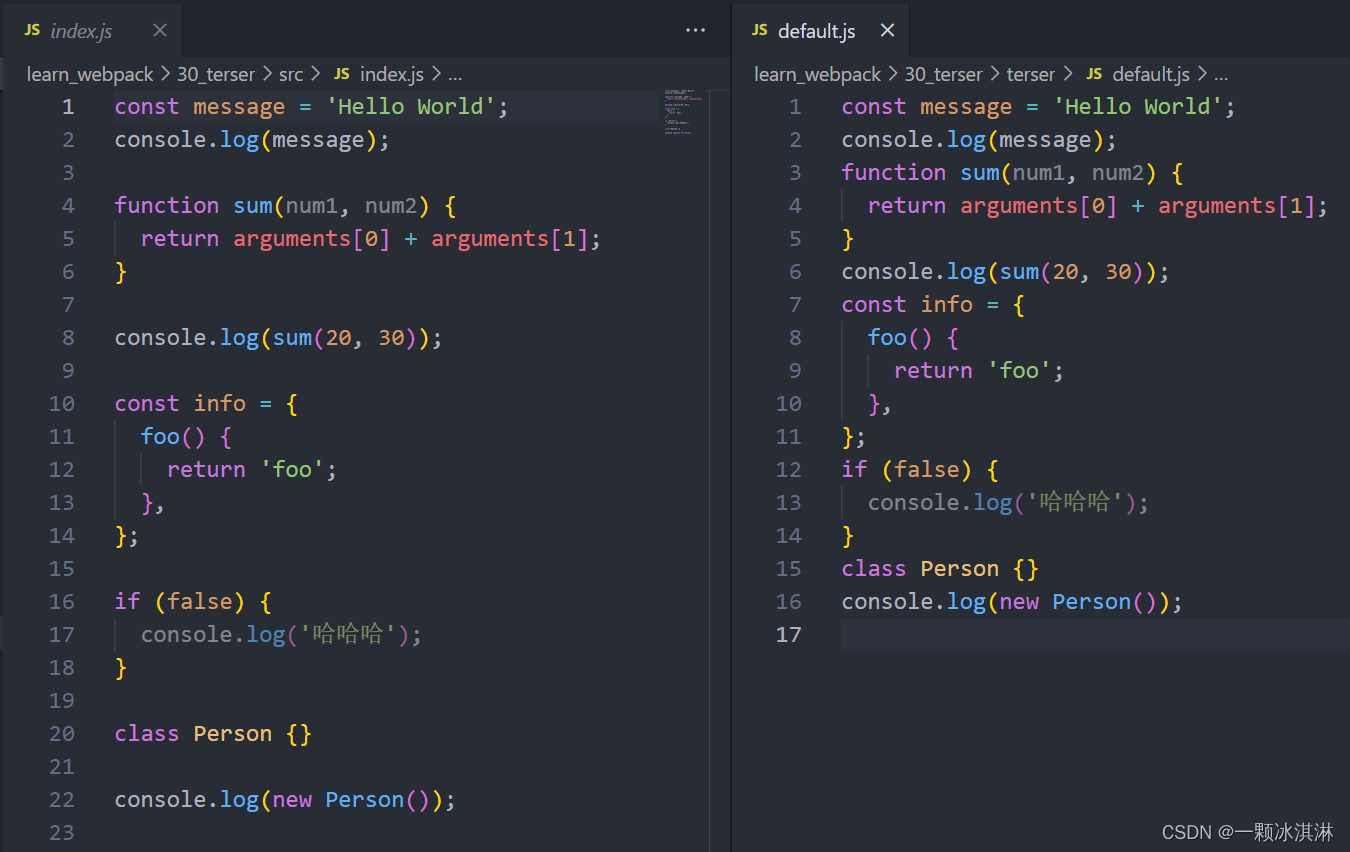
Compress JS code with terser
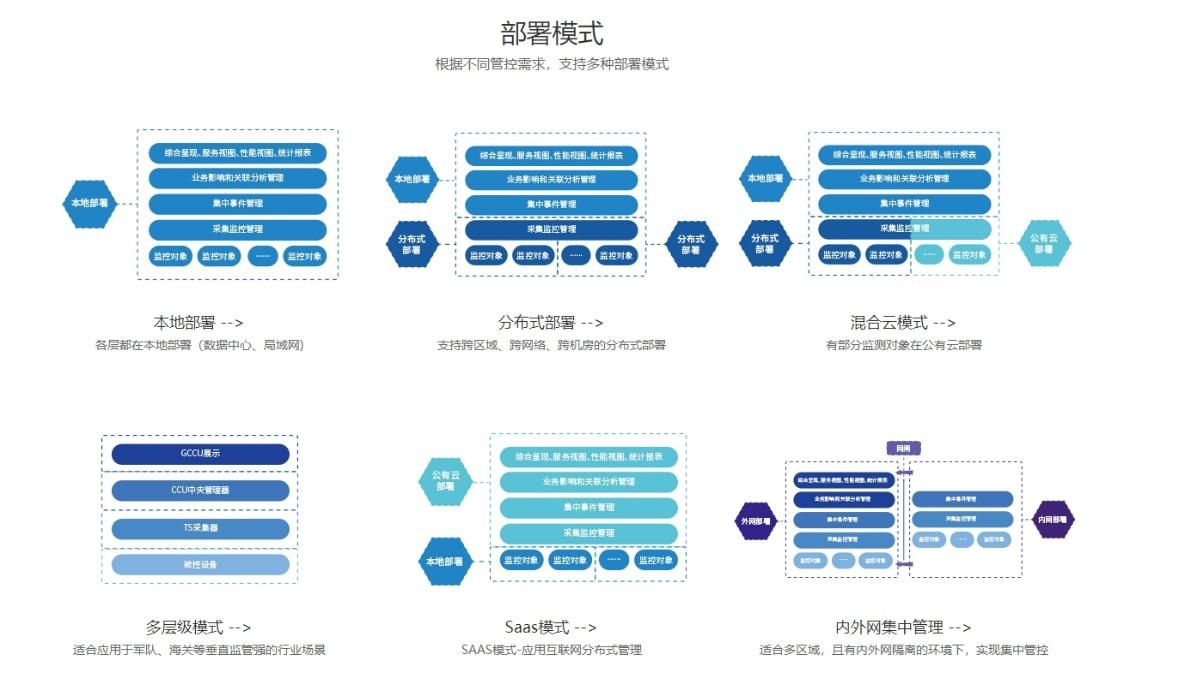
运维管理系统有哪些特色
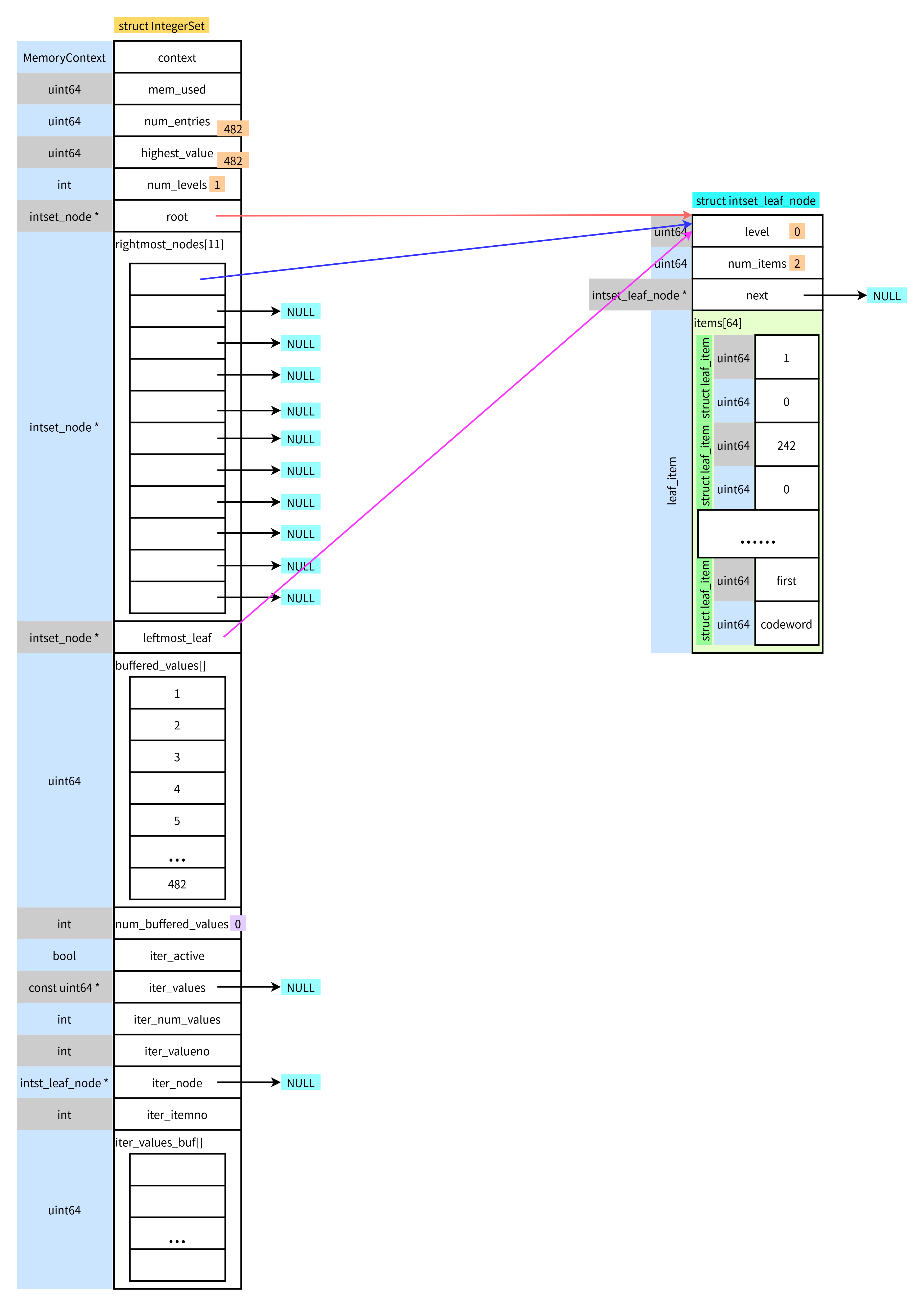
postgresql之integerset

数字滚动增加效果
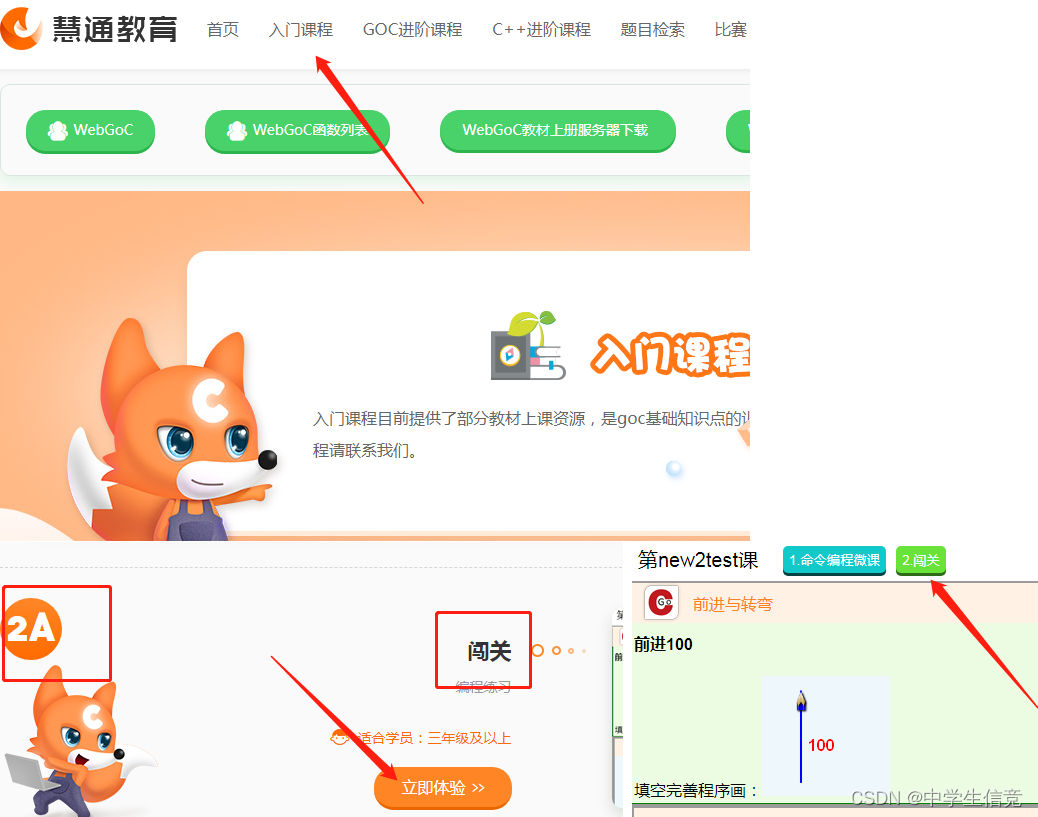
慧通编程入门课程 - 2A闯关
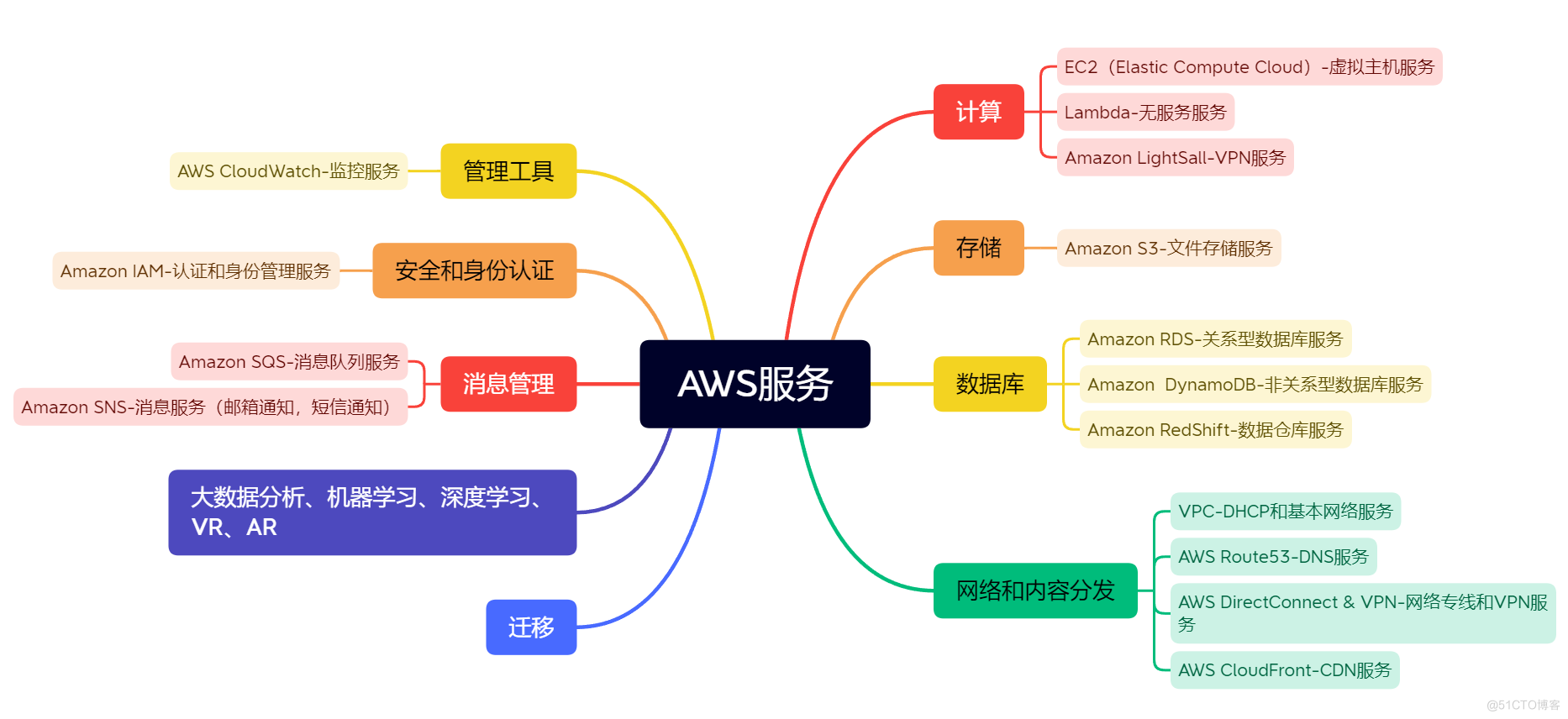
AWS学习笔记(一)
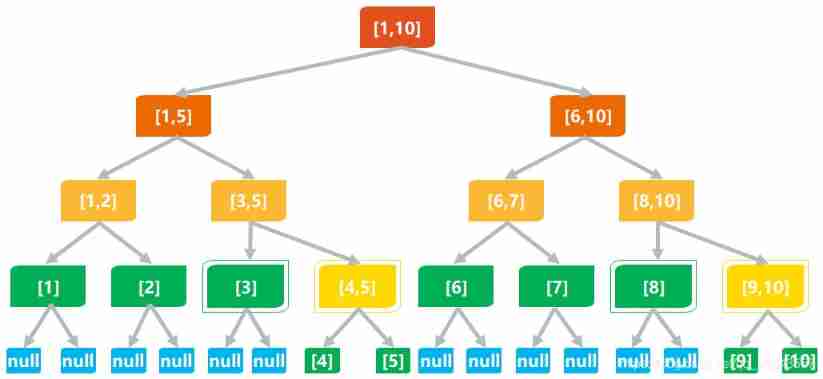
Detailed explanation of line segment tree (including tested code implementation)

【论文阅读|深读】RolNE: Improving the Quality of Network Embedding with Structural Role Proximity
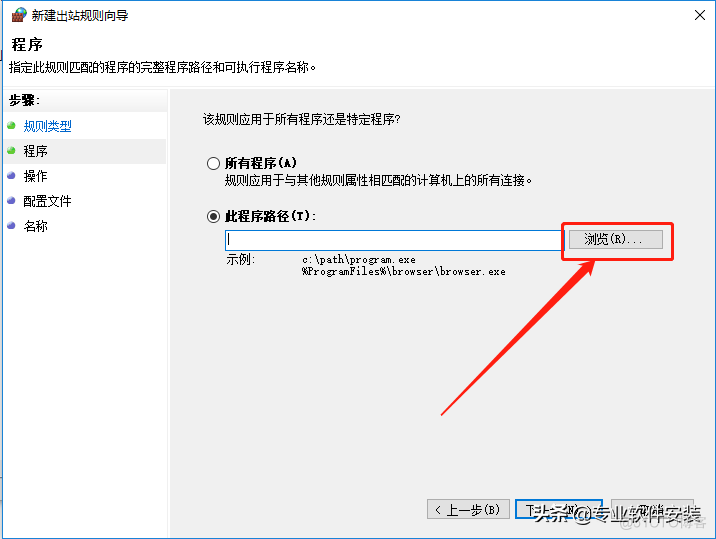
Lumion 11.0 software installation package download and installation tutorial
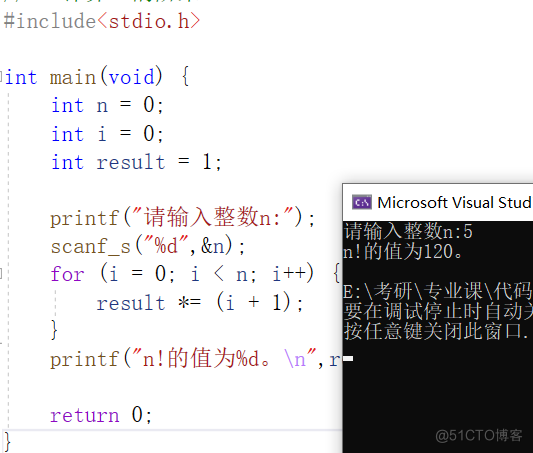
C语言练习题_1
随机推荐
服装企业部署MES管理系统的五个原因
Draco - glTF模型压缩利器
Apifox,你的API接口文档卷成这样了吗?
This week's hot open source project!
运维管理系统有哪些特色
Web3对法律的需求
压缩 js 代码就用 terser
本周 火火火火 的开源项目!
【森城市】GIS数据漫谈(二)
真实项目,用微信小程序开门编码实现(完结)
Common fitting models and application methods of PCL
widerperson数据集转化为YOLO格式
Station B's June ranking list - feigua data up main growth ranking list (BiliBili platform) is released!
[server data recovery] data recovery case of a Dell server crash caused by raid damage
Web3's need for law
Go swagger use
哈希表及完整注释
一本揭秘字节万台节点ClickHouse背后技术实现的白皮书来了!
C # / vb. Net supprime le filigrane d'un document word
C#/VB.NET 删除Word文檔中的水印